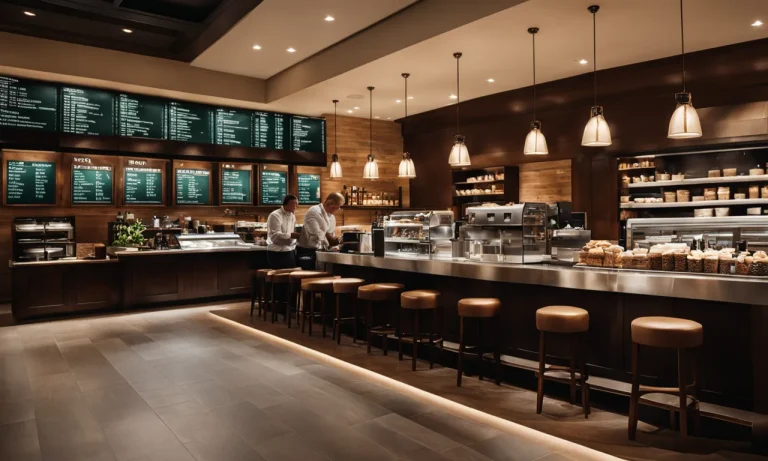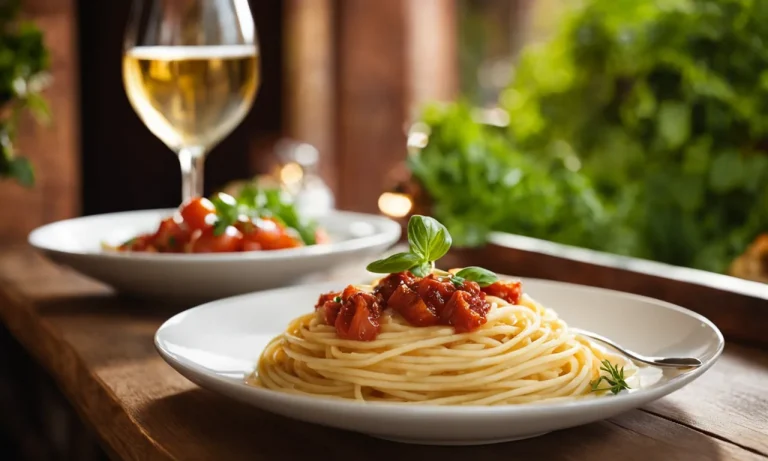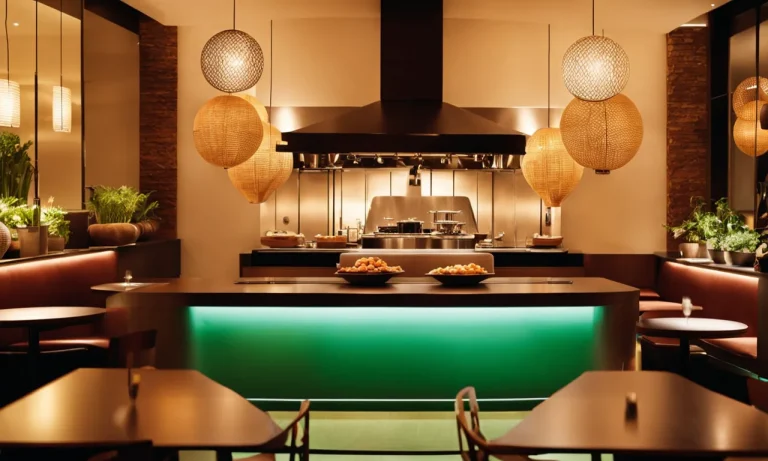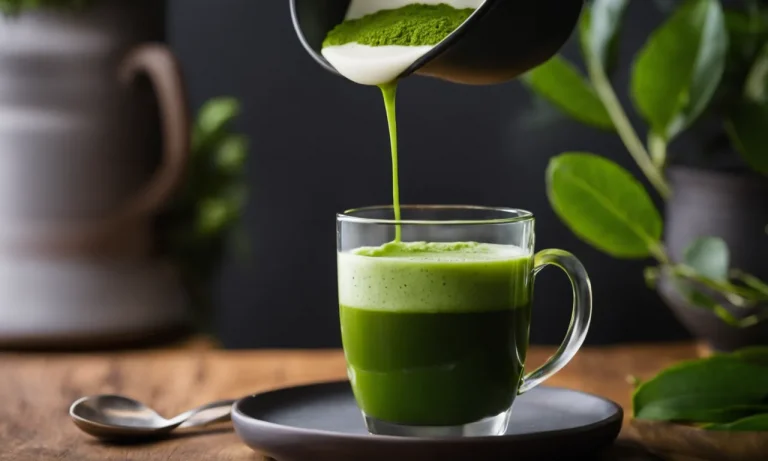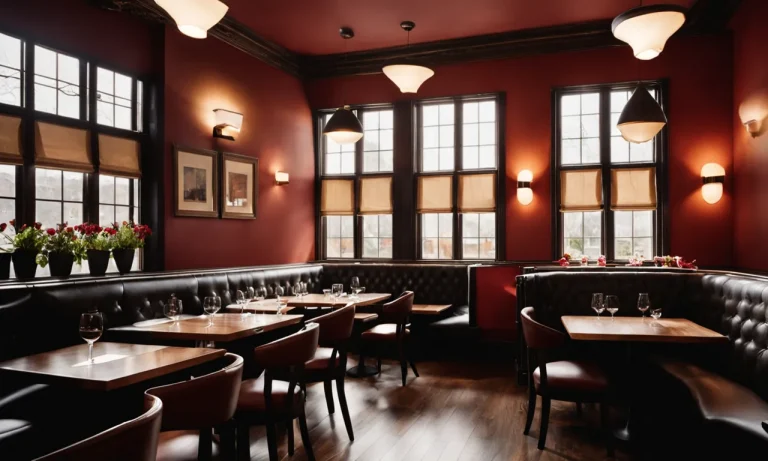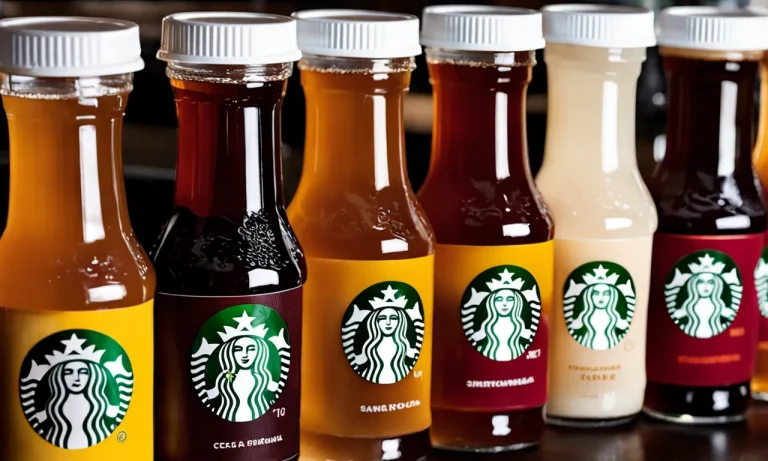Wondering how to order wine at a restaurant and not feel out of your depth? Ordering wine can seem intimidating, but it doesn’t have to be with the right knowledge. In this comprehensive guide, we’ll walk you through everything you need to know to order wine like a pro, from wine terminology to pairing tips to etiquette.
If you’re short on time, here’s the quick answer to your question: Consider the type of wine you want, red or white, choose a varietal you enjoy, look at the wine list for recommendations, and don’t be afraid to ask your server for help choosing a bottle in your budget that pairs well with your meal.
In this detailed guide, we’ll cover the basics of how to order wine, tips for reading a wine list and choosing a bottle, as well as proper etiquette when it comes to ordering, tasting, and drinking wine at a restaurant.
Read on for expertise from sommeliers so you can successfully navigate wine lists and order a bottle you’ll love with your meal.
Understanding Basic Wine Terminology
When it comes to ordering wine at a restaurant, it’s helpful to have a basic understanding of wine terminology. This knowledge will not only make you feel more confident in your choices, but it will also enable you to communicate effectively with the sommelier or waiter.
Here are some key terms you should be familiar with:
Types of Wine (Red, White, Sparkling, Rosé)
One of the first things to know is the different types of wine available. The most common types are red, white, sparkling, and rosé. Red wines are typically made from dark-colored grapes and have a range of flavors from light and fruity to bold and tannic.
White wines are made from green or yellow grapes and can vary from crisp and acidic to rich and buttery. Sparkling wines, such as Champagne, are known for their bubbles and can be either white or rosé. Rosé wines, made from red grapes, have a pink hue and are often light and refreshing.
Common Grape Varietals
Understanding grape varietals is essential as it provides insight into the flavors and characteristics of different wines. Some common red grape varietals include Cabernet Sauvignon, Pinot Noir, and Merlot. These grapes are known for producing wines with distinct flavors.
Similarly, popular white grape varietals include Chardonnay, Sauvignon Blanc, and Riesling, each offering its own unique taste profile.
Old World vs. New World Wines
Another important distinction to be aware of is the difference between Old World and New World wines. Old World wines refer to those produced in traditional wine-producing regions such as France, Italy, and Spain. These wines often exhibit a sense of terroir and complexity.
On the other hand, New World wines come from countries like the United States, Australia, and New Zealand. These wines are often more fruit-forward and bold in flavor.
Vintage Year
When ordering wine, you may come across the term “vintage year.” The vintage year refers to the year in which the grapes were harvested to make the wine. It plays a significant role in determining the quality and taste of the wine.
In some years, the weather conditions may have been particularly favorable, resulting in exceptional wines. Conversely, challenging weather conditions may lead to a less favorable vintage. It’s important to note that not all wines are vintage-dated, as some are blends from different years.
By familiarizing yourself with these basic wine terminology, you’ll be better equipped to navigate a restaurant’s wine list and make informed choices that suit your preferences. Don’t be afraid to ask the sommelier or waiter for recommendations based on your taste preferences and budget.
Cheers to a great dining experience!
How to Read a Restaurant Wine List
When it comes to ordering wine at a restaurant, understanding how to read the wine list can be a valuable skill. Here are some tips to help you navigate through the sometimes overwhelming choices and find the perfect bottle for your meal.
Organization of the Wine List
Restaurant wine lists can vary in their organization, but most will categorize wines by type or region. Common categories include red, white, rosé, sparkling, and dessert wines. Within each category, wines may be further organized by country, grape variety, or price.
Take your time to familiarize yourself with the organization of the wine list. It can be helpful to ask the server or sommelier for recommendations or explanations of any unfamiliar terms or categories.
Wine Prices and Budgets
One of the first things to consider when reading a restaurant wine list is your budget. Wine prices can vary widely, and it’s important to find a bottle that fits within your desired price range.
Look for wines that fall within your budget, but don’t be afraid to ask for suggestions if you’re unsure. The server or sommelier may be able to recommend a hidden gem that offers great value for the price.
It’s also worth noting that some restaurants may offer a separate “by the glass” section on their wine list. This can be a more budget-friendly option if you’re only looking for a single glass of wine.
Tips for Navigating Wine Lists
Reading a restaurant wine list can be a bit overwhelming, especially if you’re not a wine expert. Here are some tips to help you navigate through the options:
- Consider the occasion: Are you celebrating a special occasion or simply enjoying a casual meal? This can help guide your choice towards a more celebratory or affordable bottle.
- Ask for recommendations: Don’t be afraid to ask the server or sommelier for their suggestions. They are familiar with the wine list and can guide you towards options that pair well with your meal.
- Experiment with different regions and grape varieties: Trying wines from different regions and grape varieties can be a fun way to expand your palate. Take the opportunity to try something new and discover new favorites.
- Consider food pairing: If you already know what food you’ll be ordering, consider choosing a wine that complements the flavors. The server or sommelier can provide recommendations for food and wine pairings.
- Trust your instincts: Ultimately, the most important factor in choosing a wine is your personal preference. If you have a favorite varietal or region, don’t hesitate to select a wine that you know you’ll enjoy.
Remember, ordering wine at a restaurant should be an enjoyable experience. Don’t be afraid to ask questions, try new things, and trust your own taste buds. Cheers to finding the perfect bottle!
Choosing a Bottle of Wine at a Restaurant
When it comes to ordering wine at a restaurant, it can be overwhelming to navigate through the extensive wine list. However, with a few tips in mind, you can confidently choose a bottle that will enhance your dining experience. Here are some key factors to consider:
Consider the Occasion and Company
Before selecting a bottle of wine, take a moment to consider the occasion and the people you are dining with. Are you celebrating a special event or simply enjoying a casual meal? Is the company you are with more inclined towards red or white wine?
Understanding the context will help you make an appropriate choice that everyone will enjoy.
Choose a Varietal You Enjoy
When faced with a lengthy wine list, it’s best to start with a varietal you already know and enjoy. Whether you have a preference for a bold Cabernet Sauvignon or a crisp Sauvignon Blanc, selecting a wine that you are familiar with will ensure a pleasurable experience.
If you’re feeling adventurous, you can always try something new based on the recommendations from the sommelier or the staff.
Ask for Recommendations Based on Food Pairings
One of the best ways to enhance your dining experience is by pairing your meal with the perfect wine. If you are unsure about which wine would complement your dish, don’t hesitate to ask the sommelier or the staff for recommendations.
They are trained to provide expert advice on which wines will enhance the flavors of your food.
Expert Tip: Some restaurants even have designated wine pairing menus, which can make the selection process even easier.
Don’t Be Afraid to Ask Questions
Don’t be intimidated by the extensive wine list or the jargon that may accompany it. If you have questions about a specific wine or want to know more about a certain region or winery, feel free to ask. The staff is usually knowledgeable and eager to assist you in finding the perfect bottle.
Did you know? According to a survey conducted by Wine Spectator, 70% of restaurant guests rely on staff recommendations when ordering wine.
By considering the occasion and company, choosing a varietal you enjoy, asking for recommendations based on food pairings, and not being afraid to ask questions, you can confidently order a bottle of wine that will elevate your dining experience at a restaurant.
Proper Wine Ordering Etiquette
Ordering wine at a restaurant can sometimes feel intimidating, especially if you’re not a wine connoisseur. However, with a few simple guidelines, you can navigate the process with ease and confidence. One important aspect of ordering wine is understanding proper wine ordering etiquette.
Let the Server Guide the Timing
When it comes to ordering wine, it’s important to let the server guide the timing. Typically, the server will ask for your drink order before taking your food order. If you’re planning to have wine with your meal, it’s best to wait until the server asks about your beverage choice.
This allows you to consider your food options and make an informed decision about which wine will pair best with your meal.
Keep in mind that the server is there to assist you, so don’t hesitate to ask for recommendations or for more information about the wine list. They can provide valuable insights on the flavor profiles and characteristics of the wines available, helping you make a more informed choice.
Ordering Wine for the Table
When ordering wine for the table, it’s important to consider the preferences of your dining companions. Take into account factors such as their taste preferences, dietary restrictions, and any specific food pairings they may have in mind.
If there are multiple people at the table, it can be helpful to ask for their input or suggestions before making a final decision.
It’s also worth noting that wine can be a great conversation starter. If you’re unsure about which wine to order, you can engage your fellow diners in a discussion about their preferences and experiences with different types of wine.
This can create a fun and interactive dining experience for everyone at the table.
Accepting the Wine Presentation
When the server presents the bottle of wine you ordered, they will typically show you the label and then pour a small amount into your glass for tasting. This is known as the wine presentation. It’s important to handle this moment with grace and appreciation.
Take a moment to examine the label and ensure that it matches the wine you ordered. If everything looks correct, you can then proceed to the tasting. Swirl the wine gently in your glass to release its aromas and take a small sip.
Pay attention to the flavors and textures, and trust your own palate to determine if the wine is to your liking.
If you’re satisfied with the wine, simply nod or say “Thank you” to indicate your approval. If, for any reason, you’re not satisfied with the wine, politely let the server know and they will assist you in finding a suitable alternative.
Remember, the goal of proper wine ordering etiquette is to enhance your dining experience and ensure that you and your fellow diners enjoy the wine selection. By following these guidelines, you can navigate the wine ordering process with confidence and sophistication.
Tasting and Drinking the Wine
When ordering wine at a restaurant, it’s important to know how to properly taste and drink the wine to fully enjoy its flavors. Here are some tips to enhance your wine tasting experience:
Proper Wine Tasting Etiquette
Before taking that first sip, it’s important to follow proper wine tasting etiquette. Start by holding the wine glass by the stem to avoid warming the wine with your hand. Take a moment to observe the wine’s color and clarity.
Swirl the wine in your glass to release its aromas, and then bring it to your nose to take a deep sniff. Finally, take a small sip and let the wine coat your palate, paying attention to its flavors and textures.
Pro Tip: If you’re unsure about the wine’s characteristics or if it has any faults, don’t hesitate to ask the sommelier for guidance. They are there to help you make the best choice and ensure your satisfaction.
Pacing Yourself While Drinking
When it comes to drinking wine at a restaurant, it’s important to pace yourself. While it can be tempting to indulge in multiple glasses, it’s best to take your time and savor each sip. Drinking too quickly can diminish the experience and make it difficult to appreciate the wine’s nuances.
Additionally, moderate wine consumption is key to enjoying the meal without impairing your judgment or affecting your ability to drive safely.
Did you know: The Centers for Disease Control and Prevention (CDC) recommends that men consume no more than two standard drinks per day, and women consume no more than one. A standard drink is considered to be around 5 ounces (148 ml) of wine.
Pairing Wine with Food
Pairing wine with food can greatly enhance both the flavors of the wine and the dish. When selecting a wine to pair with your meal, consider the flavors, textures, and characteristics of both the wine and the food.
In general, lighter-bodied wines pair well with lighter dishes, while fuller-bodied wines complement heartier or more flavorful dishes.
Some classic wine and food pairings include:
- Chardonnay with roasted chicken
- Pinot Noir with salmon
- Cabernet Sauvignon with steak
- Sauvignon Blanc with goat cheese
Pro Tip: If you’re unsure about which wine to choose, don’t hesitate to ask the restaurant’s sommelier or consult the wine list for suggested pairings. They can offer valuable insights and guide you towards the best wine to complement your meal.
Remember, ordering wine at a restaurant should be a fun and enjoyable experience. By following these tips, you’ll be able to fully appreciate the wine’s flavors, pace yourself while drinking, and find the perfect wine to pair with your meal.
Conclusion
Ordering wine at a restaurant doesn’t have to be an intimidating experience with the right know-how. Arm yourself with knowledge of basic wine terminology, tips for reading a wine list and selecting a bottle, as well as proper etiquette when ordering, tasting, and drinking wine.
Consider the occasion, your company, and the food you’re eating before asking for recommendations from your server or sommelier based on your preferences and budget. With a bit of confidence and assistance from wine professionals, you can order a bottle you’ll love drinking with your meal.
The next time you go out to eat, feel empowered to peruse the wine list with a critical eye. Choose a few options you think you’ll enjoy and don’t hesitate to ask questions to find the perfect bottle for the occasion. Ordering wine can be a fun adventure when you have the knowledge to back it up.
Now get out there and start ordering vino like a pro!

